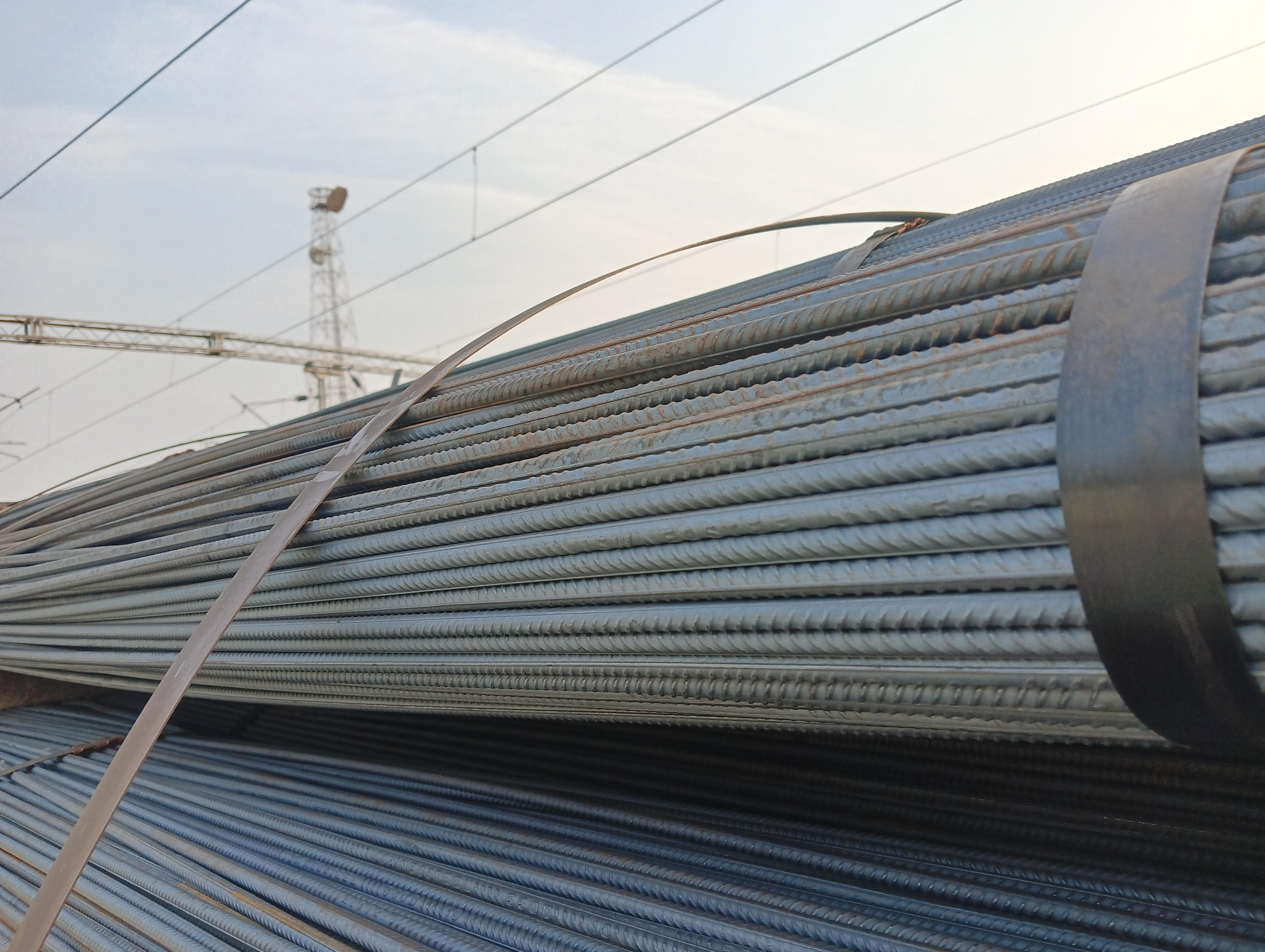
The global economy seems to be caught in the middle of another storm, and the clouds are looking darker for the metal sector, especially steel. The return of Donald Trump to the U.S. presidency has not just made headlines in political circles but has also rattled financial markets across the globe. One of the biggest triggers is the revival of the U.S.-China trade war — a battle that has once again placed the metal sector directly in the line of fire.
For those who might not recall, the trade war between the U.S. and China became front-page news during Trump’s first term as President, when he imposed aggressive tariffs on a range of Chinese goods to reduce America’s trade deficit. As expected, China responded with tariffs of its own, and the back-and-forth continued until it sent shockwaves through global markets. Now, history seems to be repeating itself.
This time, the stakes appear even higher. The U.S. has imposed tariffs of up to 145% on Chinese goods, and China has retaliated by slapping a 125% tariff on American imports. While this tug-of-war between the world’s two biggest economies might seem like a distant issue for some, the impact on countries like India is already being felt, especially in the stock market. One of the hardest-hit sectors in this ongoing battle is none other than the metal sector.
The reason is simple. Whenever there’s a trade war between two economic giants like the U.S. and China, the global steel market often bears the brunt. A key factor behind this is China’s dominant position in the steel industry. China is the world’s largest steel producer, responsible for manufacturing more than 1 billion tons of steel annually, which is over 50% of the global supply. When tariffs are imposed, China’s steel products become too expensive for the U.S. market, forcing Chinese producers to find alternative destinations for their massive output.
In such situations, countries like India become a dumping ground for this excess steel. To maintain cash flow and avoid stockpiles, Chinese manufacturers often start selling steel at extremely low prices — sometimes even below the cost of production. This practice is known as “dumping.” While this may sound like good news for industries that rely on cheap steel, such as solar panel makers, real estate developers, and the automobile sector, it poses a serious threat to domestic steel manufacturers like Tata Steel, JSW, Hindalco, and others.
If local manufacturers are forced to compete with unrealistically low prices from Chinese companies, their profit margins shrink dramatically. Many struggle to survive in such an environment, and if the dumping continues unchecked, it can drive these domestic companies out of business altogether. Once local competition has been wiped out, Chinese producers could then raise prices at will, turning their temporary price cuts into long-term monopolistic pricing.
To prevent this scenario, governments across the world — including India’s — often impose anti-dumping duties on imported steel and metal products. These duties are designed to protect local manufacturers from unfair foreign competition. However, this solution is not without its drawbacks. The moment anti-dumping duties are enforced, the price of steel and related materials rises, affecting industries that rely on affordable metal for construction, manufacturing, and infrastructure projects. In other words, when the government protects producers, it indirectly puts pressure on consumers.
This creates a classic policymaker’s dilemma: protect the producers and harm the consumers, or let cheap imports flow and risk bankrupting your local industries. Striking the right balance between the two is not an easy task, and every new round of tariffs or trade policies makes this balancing act even harder.
History shows just how brutal this cycle can be. During Trump’s earlier presidency, metal sector stocks, especially steel-related companies, suffered significant losses. Many stocks fell by as much as 60% during the period, and while the COVID-19 pandemic did contribute to the downturn, the trade war was widely considered the primary cause. Fast forward to today, the signs of stress are once again becoming visible. Over the past year, the metal sector has already seen a correction of nearly 20% from its peak, an early warning signal of the troubles brewing beneath the surface.
For investors and market followers, this serves as a crucial reminder that geopolitical tensions — especially between major economies like the U.S. and China — are not just political issues, but economic ones too, with direct consequences for sectors like metals. As long as this tariff battle continues, the metal industry will remain under pressure, and stock prices are likely to reflect the instability.
So, whether you are an investor, a business owner, or someone with an interest in global markets, keeping an eye on U.S.-China relations is now more important than ever. The trade war is no longer just a headline — it’s a real economic event reshaping industries around the world, especially the metal and steel sector.
Disclaimer:
The information provided in this article is for informational and educational purposes only. It reflects market trends and news based on publicly available sources and does not constitute financial advice, investment recommendations, or political opinions. Readers are advised to conduct their own research or consult with a qualified professional before making any financial decisions. The author and publisher are not responsible for any losses or damages arising from the use of this information.




